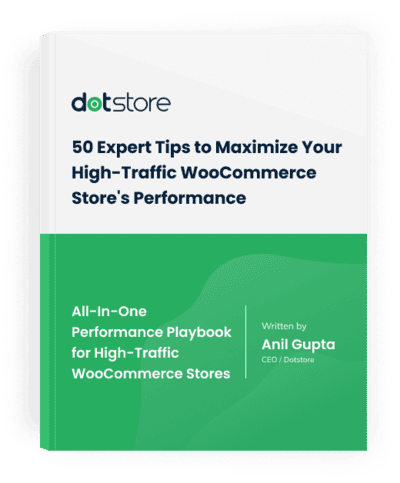Table of Contents
This blog is for WooCommerce store owners looking to master WooCommerce checkout optimization. You’ll learn how to simplify forms, speed up checkout, add trust signals, and secure your store with the right plugins to reduce cart abandonment and boost conversions.
Your checkout page is the last and most important step before a customer buys. If it’s slow, confusing, or filled with unnecessary fields, shoppers abandon their carts — even when they’re ready to purchase.
The good news: with a few smart changes, you can transform your checkout into a smooth, secure, and conversion-friendly experience. In this guide, we’ll explore the best WooCommerce checkout optimization strategies and plugins that store owners can use to reduce cart abandonment and increase sales.
Why WooCommerce Checkout Optimization Matters
More than 70% of online shopping carts are abandoned, and a complicated checkout is one of the biggest culprits. By optimizing your checkout, you can:
- Reduce abandoned carts
- Speed up the buying process
- Build customer trust
- Improve your store’s overall performance
1. Simplify the Checkout Form
Every unnecessary field is a chance for customers to quit. Keep checkout lean and focused.
Tips:
- Remove fields you don’t need
- Merge duplicate information
- Use conditional logic so fields only show when relevant
Plugin Recommendation:
- Checkout Field Editor for WooCommerce – remove, rearrange, or conditionally display fields without code.

2. Use One-Page Checkout
Nobody likes clicking through multiple screens just to pay. A one-page checkout keeps everything visible at once, helping buyers stay focused.
Try: WooCommerce One Page Checkout plugin or similar alternatives.

3. Optimize Checkout for Digital Products
If you sell eBooks, music, or online courses, your checkout should be extra simple:
- Skip shipping details
- Only collect billing and email
- Deliver digital access immediately
Best Option:
- Dotstore’s WooCommerce Checkout for Digital Goods – removes irrelevant fields and streamlines the buying flow.

4. Mobile Checkout Optimization
With 70%+ of eCommerce traffic on mobile, checkout must be designed for smaller screens.
Best Practices:
- Keep forms short and thumb-friendly
- Test on Android and iOS
- Use autofill where possible
- Highlight secure payment options
5. Keep Checkout Secure and Clean
Even a perfectly designed checkout can fail if your site is compromised. Outdated plugins, script conflicts, or hidden malware can slow performance and damage customer trust.
One serious risk is rootkit malware, which hides inside systems and can be difficult to detect. Rootkits can harm performance, redirect traffic, or even steal payment data.
Running regular scans with trusted tools is essential. Here’s a helpful guide on how to remove rootkit malware to keep your store safe and your checkout secure.
A clean, secure store:
- Runs faster
- Builds trust with buyers
- Protects long-term revenue
Conclusion: Build a High-Converting WooCommerce Checkout
A smooth checkout combines speed, simplicity, and security. By trimming unnecessary fields, using the right WooCommerce plugins, and keeping your store malware-free, you’ll see fewer abandoned carts and more completed orders.
Even small tweaks — like one-page checkout, mobile-friendly design, and proactive security checks — can have a big impact on conversions.

